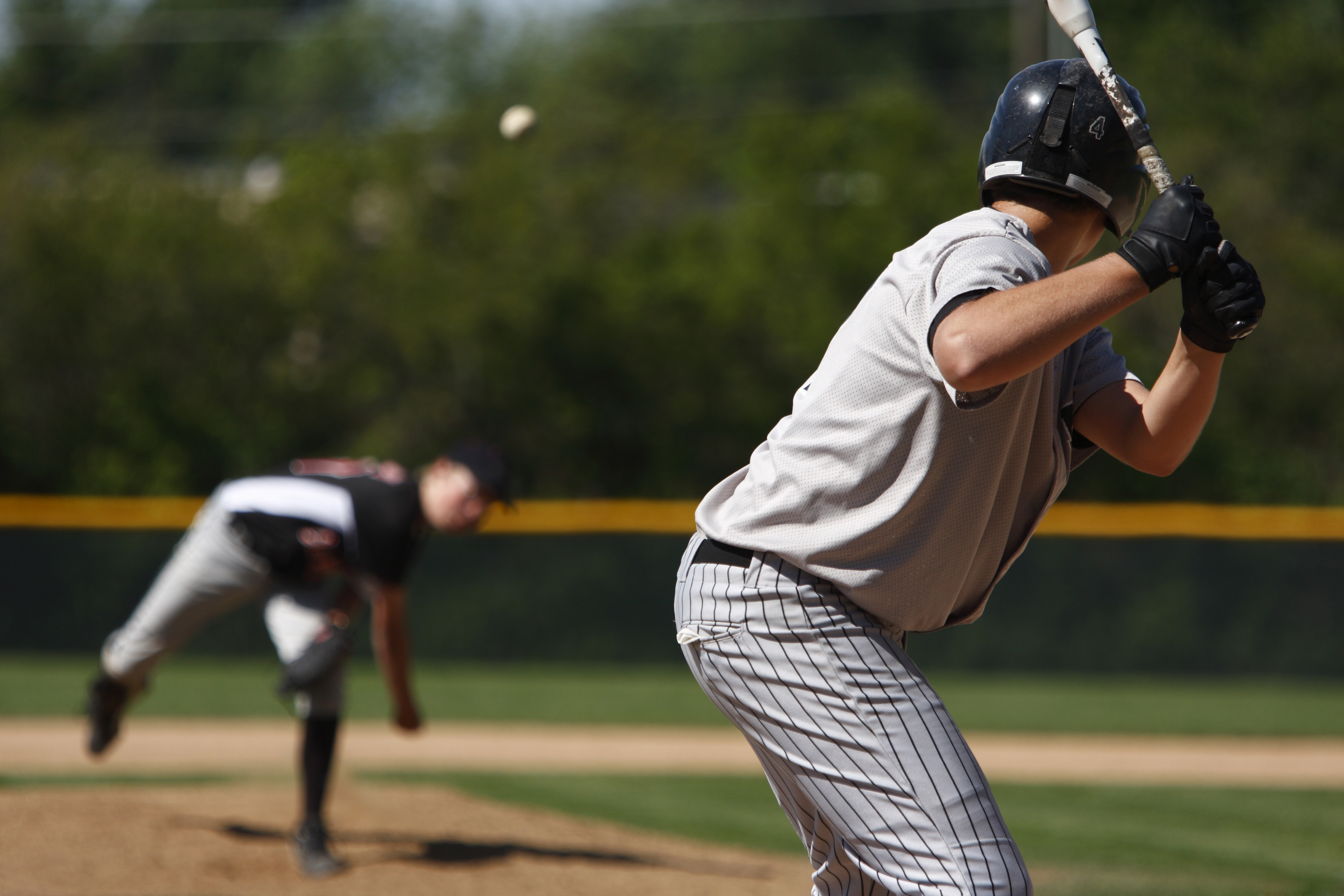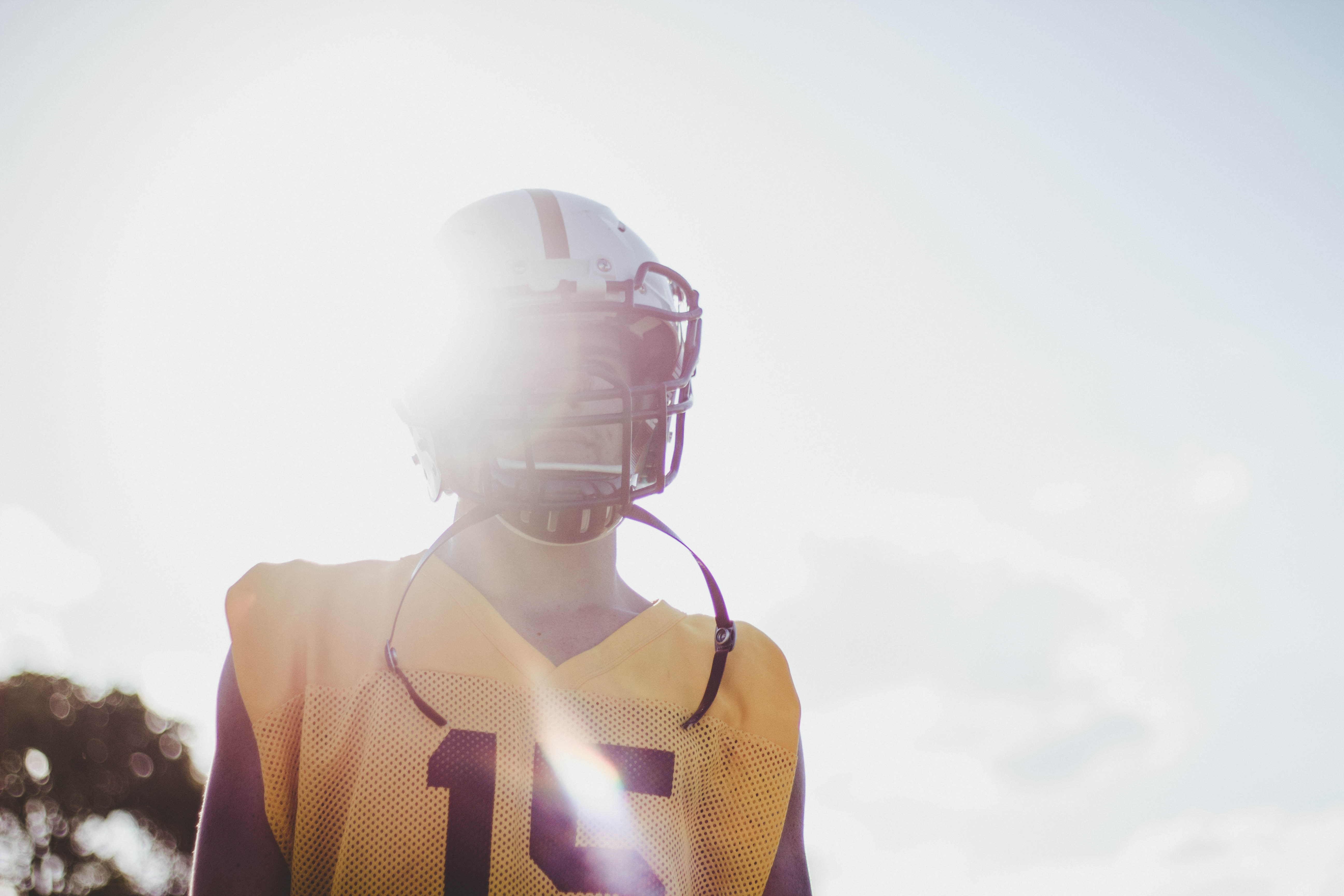
OVERLAND PARK, Kan. (May 8, 2018) – The National Operating Committee on Standards for Athletic Equipment (NOCSAE) has released the following statement regarding equipment certified to NOCSAE standards and add-on helmet products.
Products designed to be added to previously certified helmets for baseball, softball, football, lacrosse and other sports are being marketed and sold to consumers. Whether intended to be general improvements or expansions of the helmet’s protective coverage or ability, or to collect impact data, the addition of such products to a helmet previously certified as meeting the appropriate NOCSAE® standard will make the certification voidable by the helmet manufacturer. Such additions to the helmet create a new and untested model, as defined in the NOCSAE standards.
For many years NOCSAE standards have defined a helmet model as a helmet “intended to be identical in every way, except for size.” Any changes, additions or alterations of the model, except for size or color or graphics, even if made by the original manufacturer, requires that a new model name be created, and a separate certification testing data for that new model. This concept of limiting certification to a specific model is commonly found in national and international helmet standards established by other standards organizations including the U.S. Consumer Product Safety Commission, the U.S. Department of Transportation and the Snell Foundation.
- NOCSAE, itself, does not certify any product, it does not “approve” or “disapprove” of any product, and has no authority to grant exemptions or waivers to the requirements imposed by the standards it writes.
- The addition of an item(s) to a helmet previously certified without the item(s) creates a new untested model. Whether the add-on product improves the performance or not, the helmet model with the add-on product is no longer “identical in every aspect” to the one originally certified by the manufacturer.
- When this happens, the helmet manufacturer has the right, under the NOCSAE standards, to declare its certification void. It may elect to allow the certification to remain unaffected, or it may also decide to engage in additional certification testing of the new model and certify the new model with the add-on product, but it is not required to do so.
- Products such as skull caps, headbands, mouth guards, ear inserts or other items that are not attached or incorporated in some way into the helmet are not the types of products that create a new model as defined in the NOCSAE standards, and are not items which change the model definition.
More information on all NOCSAE standards is available at www.nocsae.org.
